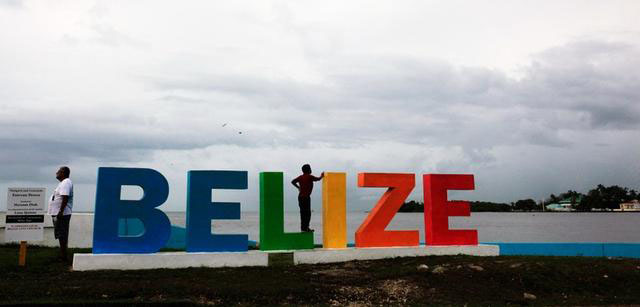MEXICO CITY, (Reuters) – Belize has approved a plan to set aside nearly 12 percent of its territorial waters as a protected area, more than doubling the size of existing reserves in the world’s second largest barrier reef.
The major expansion of the small Caribbean island’s protected areas follows a six-year effort by international scientists and conservation groups led by Belizeans, the Environmental Defense Fund said in a statement yesterday.
The coalition found zones that can protect marine habitat and allow for recovery of degraded ecosystems, while helping replenish fish stocks, the EDF said.
Coral reefs, diverse marine ecosystems formed from tiny organisms, have faced intensifying stress worldwide from rising ocean temperatures compounded by overfishing, pollution and tourism.
Scientists say they are key barometers of global warming.
The Belize cabinet agreed Tuesday to increase the country’s marine “replenishment zones” – globally recognized fisheries management tools to protect habitats – from 4.5 percent to 11.6 percent, according to a government statement.
Parts of the Belize reef, a World Heritage Site, are in “critical condition,” according to a 2018 report from environmental group Healthy Reef for Healthy People.
But a 2017 decision to ban offshore oil and gas activities was a step towards its possible removal from the World Heritage Site’s “in danger” list, the group said.
“A healthy reef and vibrant fisheries sector is necessary for Belize to achieve its goals for reducing poverty, improving food security and nutrition and increasing investment,” said Belize Fisheries Administrator Beverly Wade in the EDF statement. Katie McGinty, EDF’s Senior Vice President for Oceans at Environmental Defense Fund, called yesterday’s expansion of protected sites a “remarkable accomplishment that is setting an example for the rest of the world.”






